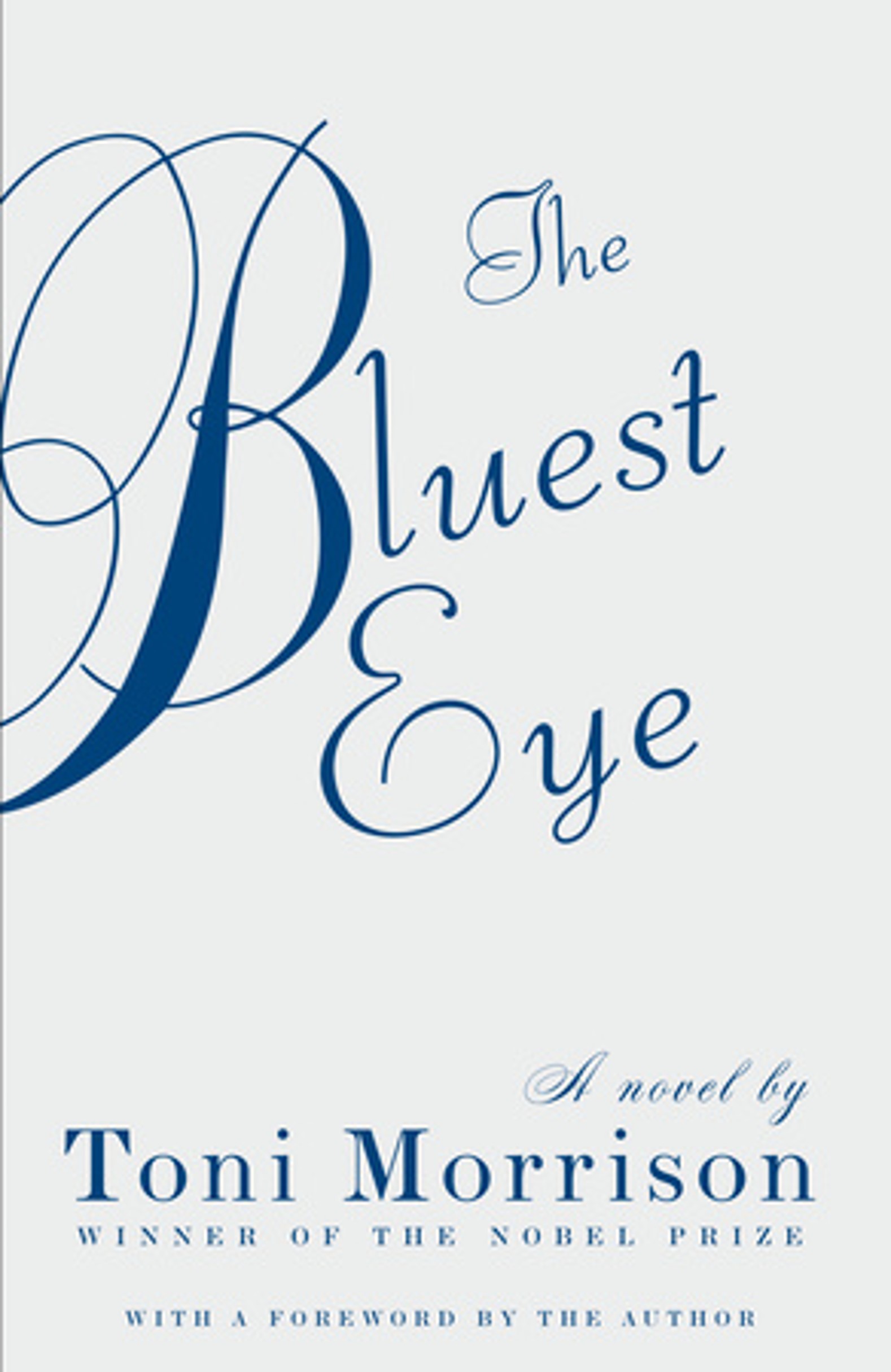Eleven-year-old Pecola Breedlove, an African-American girl in an America whose love for blonde, blue-eyed children can devastate all others, prays for her eyes to turn blue, so that she will be beautiful, people will notice her, and her world will be different. The story of eleven-year-old Pecola Breedlove, the tragic heroine of Toni Morrison’s haunting first novel, grew out of her memory of a girlhood friend who wanted blue eyes. Shunned by the town’s prosperous black families, as well as its white families, Pecola lives with her alcoholic father and embittered, overworked mother in a shabby two-room storefront that reeks of the hopeless destitution that overwhelms their lives. In awe of her clean well-groomed schoolmates, and certain of her own intense ugliness, Pecola tries to make herself disappear as she wishes fervently, desperately for the blue eyes of a white girl. In her afterward to this novel, Morrison writes of the little girl she once knew: “Beauty was not simply something to behold, it was something one could do. The Bluest Eye was my effort to say something about that; to say something about why she had not, or possibly never would have, the experience of what she possessed and also why she prayed for so radical an alteration. Implicit in her desire was racial self-loathing. And twenty-years later I was still wondering about how one learns that. Who told her? Who made her feel that it was better to be a freak that what she was? Who had looked at her and found her so wanting, so small a weight on the beauty scale? The novel pecks away at the gaze that condemned her.” (Fiction, Adult)

